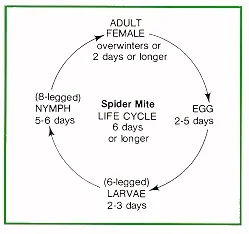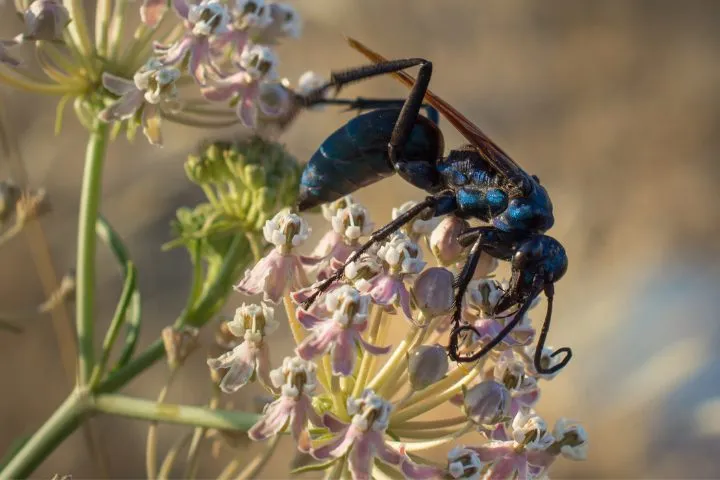The Fascinating Tarantula Life Cycle
The tarantula life cycle is a captivating journey, a remarkable transformation from a delicate egg to a magnificent adult spider. Understanding this process provides a deeper appreciation for these fascinating creatures and their resilience. Unlike mammals, tarantulas grow and develop through a series of molts, shedding their exoskeletons to accommodate growth. The cycle, influenced by factors like species, environment, and diet, offers a unique glimpse into the world of arachnids. This comprehensive guide will explore each stage, from the initial egg sac to the final days of an adult tarantula, revealing the secrets behind their longevity and survival.
Egg Stage Beginning of a Tarantula’s Life
The tarantula life cycle begins with the egg stage, where the female tarantula meticulously cares for her eggs. After mating, the female creates an egg sac, a silken pouch that houses hundreds, sometimes thousands, of eggs. The size of the egg sac varies depending on the species. This protective environment is crucial for the eggs’ survival, shielding them from predators and environmental hazards. The female often guards the sac vigilantly, ensuring optimal conditions for the developing embryos. The duration of the egg stage can range from several weeks to months, depending on environmental conditions such as temperature and humidity. During this time, the eggs undergo embryonic development, preparing for the next stage of the tarantula life cycle.
Inside the Egg Development Process

Within the egg sac, a remarkable transformation takes place. The eggs, initially small and opaque, gradually develop into spiderlings. This process involves cell division, differentiation, and the formation of the spiderling’s basic body structure, including legs, fangs, and other essential features. The developing spiderlings absorb nutrients from the yolk within the egg, fueling their growth. The egg sac provides a stable environment, protecting the fragile embryos from external threats. The mother tarantula carefully regulates the environment, ensuring the eggs receive the necessary warmth and humidity for optimal development. Once the spiderlings are fully formed, they are ready to emerge, beginning the next exciting phase of their lives. The process is fascinating, a testament to nature’s complexity and adaptability. (Image: tarantula-egg-sac.webp)
Spiderling Stage Growing Up Fast
Once the spiderlings hatch from the eggs, they enter the spiderling stage. During this stage, the young tarantulas are miniature versions of their adult counterparts. They are extremely vulnerable and dependent on their environment. Spiderlings grow rapidly and undergo a series of molts, shedding their exoskeletons to facilitate growth. They typically remain in the egg sac for a period and then venture out to find food and shelter. This is a critical period where spiderlings learn essential survival skills, like hunting and avoiding predators. Careful attention to their environment is critical, as spiderlings require specific humidity and temperature levels to thrive. This stage sets the foundation for their future growth and development. (Image: tarantula-spiderlings.webp)
Spiderling’s First Molt Process
The first molt marks a significant milestone in the spiderling’s life cycle. Molting is the process of shedding the exoskeleton, a rigid outer shell that doesn’t grow. As the spiderling grows, it outgrows its exoskeleton, necessitating molting. Before molting, the spiderling stops eating and becomes less active. During the molt, the spiderling carefully extracts itself from its old exoskeleton, revealing a new, larger one underneath. This process is physically demanding and makes the spiderling vulnerable to predation. The new exoskeleton is soft and vulnerable for a short period, and the spiderling hides until it hardens. This initial molt allows for substantial growth and development, setting the stage for further molting and eventual maturity.
Juvenile Stage Years of Growth Ahead

The juvenile stage is a prolonged period of growth and development for tarantulas. During this time, the tarantula continues to molt periodically, increasing in size with each molt. The frequency of molting decreases as the tarantula ages. The juvenile tarantula gradually develops adult characteristics, such as coloration and sexual maturity. This is a crucial phase where the tarantula refines its hunting skills and establishes its territory. Proper care, including a suitable diet and environment, is essential to support the juvenile’s healthy growth and development. The length of the juvenile stage varies among species, ranging from several months to several years. (Image: tarantula-juvenile.webp)
Feeding and Diet for Healthy Growth
Nutrition plays a vital role in a juvenile tarantula’s growth and molting process. A balanced diet rich in protein and essential nutrients is critical for healthy development. Common food items include insects like crickets, roaches, and mealworms, with the size of the prey adjusted to the tarantula’s size. Feeding frequency also changes during this stage. They are usually fed several times a week, offering them an opportunity to grow. Overfeeding can lead to health problems, and underfeeding can stunt growth. Careful observation of the tarantula’s eating habits and overall health is key to providing proper nutrition. Providing fresh water is crucial, enabling the tarantula to stay hydrated and support its physiological functions. (Image: tarantula-feeding.webp)
Molting Process Shedding Old Skin
Molting is a fundamental part of the tarantula life cycle, enabling growth. The tarantula sheds its exoskeleton to allow for expansion. Before molting, the tarantula typically stops eating and retreats. The process involves the formation of a new exoskeleton beneath the old one. The tarantula carefully extracts itself from the old shell. After molting, the tarantula’s new exoskeleton is soft and vulnerable. During this period, the tarantula rests and allows the new exoskeleton to harden. Molting frequency decreases as the tarantula ages and approaches maturity. Molting is a delicate and energy-intensive process, requiring a favorable environment and specific conditions to ensure successful shedding and continued growth. (Image: tarantula-molting.webp)
Factors Affecting Molting Frequency

Several factors influence how often a tarantula molts. Younger tarantulas molt more frequently than adults because they are growing rapidly. The species of tarantula also plays a role, with some species molting more often than others. Environmental factors like temperature and humidity can affect molting frequency, with optimal conditions promoting regular molting. The tarantula’s diet and overall health also impact the molting cycle. A well-fed and healthy tarantula is more likely to molt successfully. Any stress or health problems can disrupt the process. Understanding these factors can help provide optimal care and support the tarantula’s healthy development.
Adult Stage Reaching Maturity
The adult stage marks the final phase of the tarantula life cycle. During this stage, the tarantula is sexually mature and capable of reproduction. Male tarantulas typically reach maturity sooner than females. Adult tarantulas have a slower metabolism and molt less frequently, often once a year or even less. The adult stage is primarily focused on reproduction and survival. Male tarantulas often exhibit distinct behaviors, such as drumming, to attract females. Female tarantulas may live for many years, while males typically have a shorter lifespan after mating. Adult tarantulas exhibit the full range of their species characteristics, including size, coloration, and temperament. (Image: tarantula-adult.webp)
Mating Behavior Lifecycle Continuation
Mating is a critical aspect of the adult tarantula’s life cycle, ensuring the continuation of the species. Male tarantulas initiate mating by attracting females. Males construct sperm webs, deposit sperm, and then transfer it to their pedipalps before mating. The male seeks out a receptive female, engaging in a courtship dance. If the female accepts, mating occurs. After mating, the male often retreats to avoid being eaten by the female. The female then lays eggs, starts a new cycle, and cares for the egg sac. The mating process is a complex behavior ensuring reproduction and perpetuating the tarantula life cycle. (Image: tarantula-mating.webp)
Lifespan and Aging in Tarantulas

Tarantulas are known for their longevity, with females often living for several decades. The lifespan varies based on the species and environmental conditions. Males typically have a shorter lifespan than females, often dying shortly after mating. As tarantulas age, their molting frequency decreases, and they may exhibit changes in behavior and appearance. Aging tarantulas may become less active and show signs of wear and tear on their exoskeletons. Proper care, including a balanced diet and a suitable environment, is critical for maximizing a tarantula’s lifespan. The tarantula’s long lifespan is a testament to its resilience and ability to thrive in diverse environments.
The tarantula life cycle is a complex and fascinating process. From the initial egg stage to the mature adult, each phase requires specific conditions for successful development. Understanding this life cycle enables better care for pet tarantulas and provides a deeper appreciation for these amazing creatures. Observing the life cycle, from the delicate spiderlings to the majestic adults, is a rewarding experience, connecting us with the intricate beauty of the natural world.
